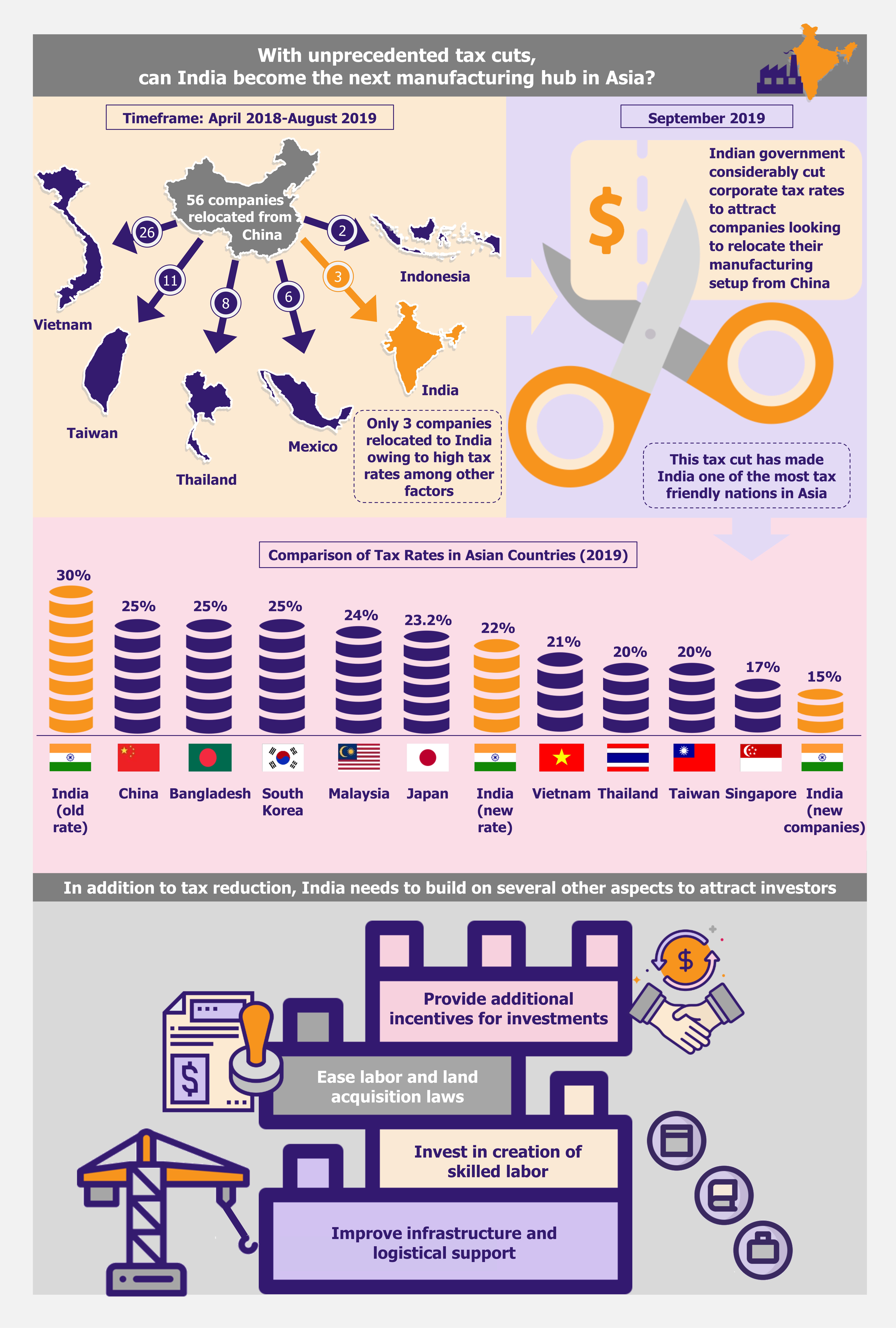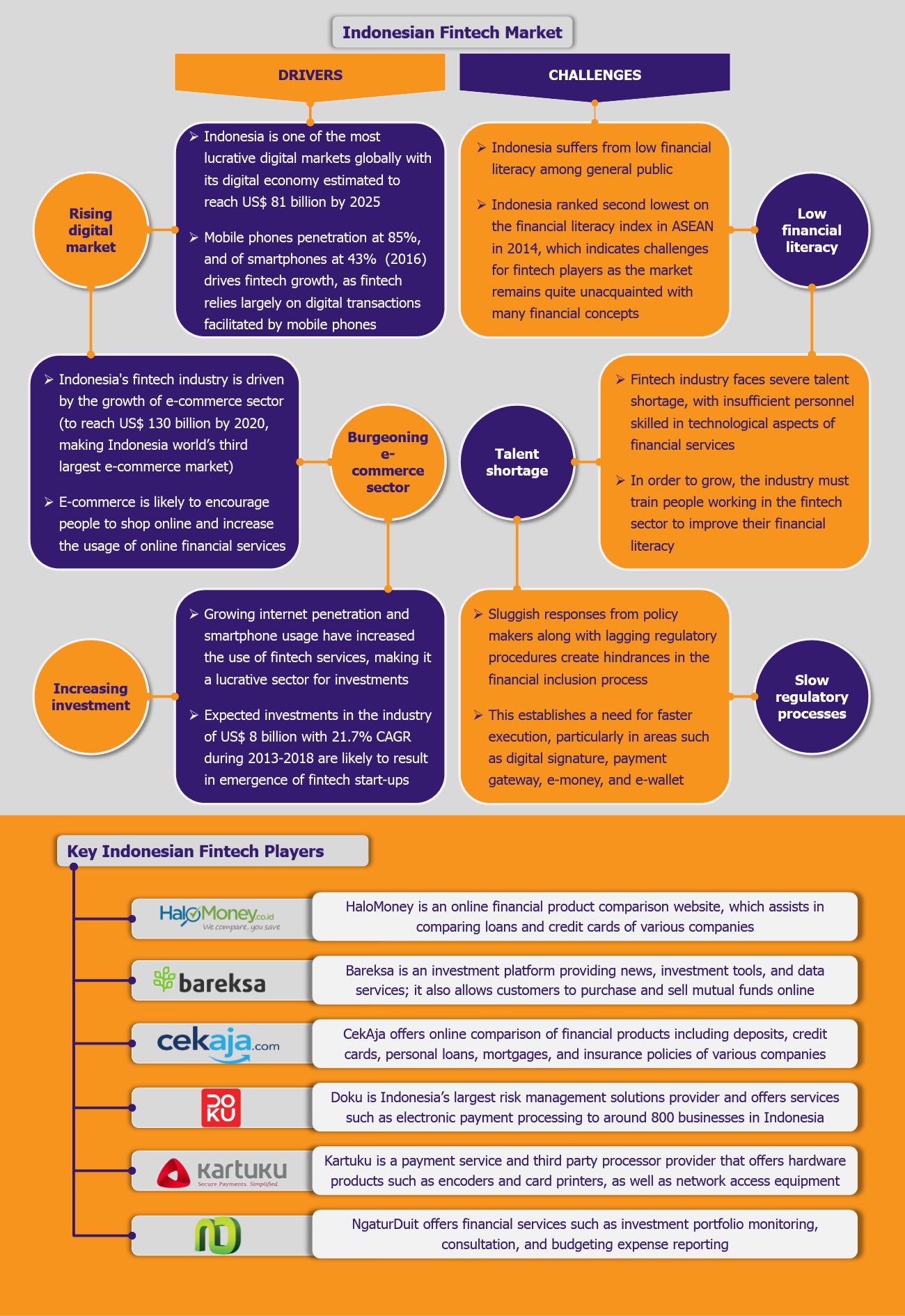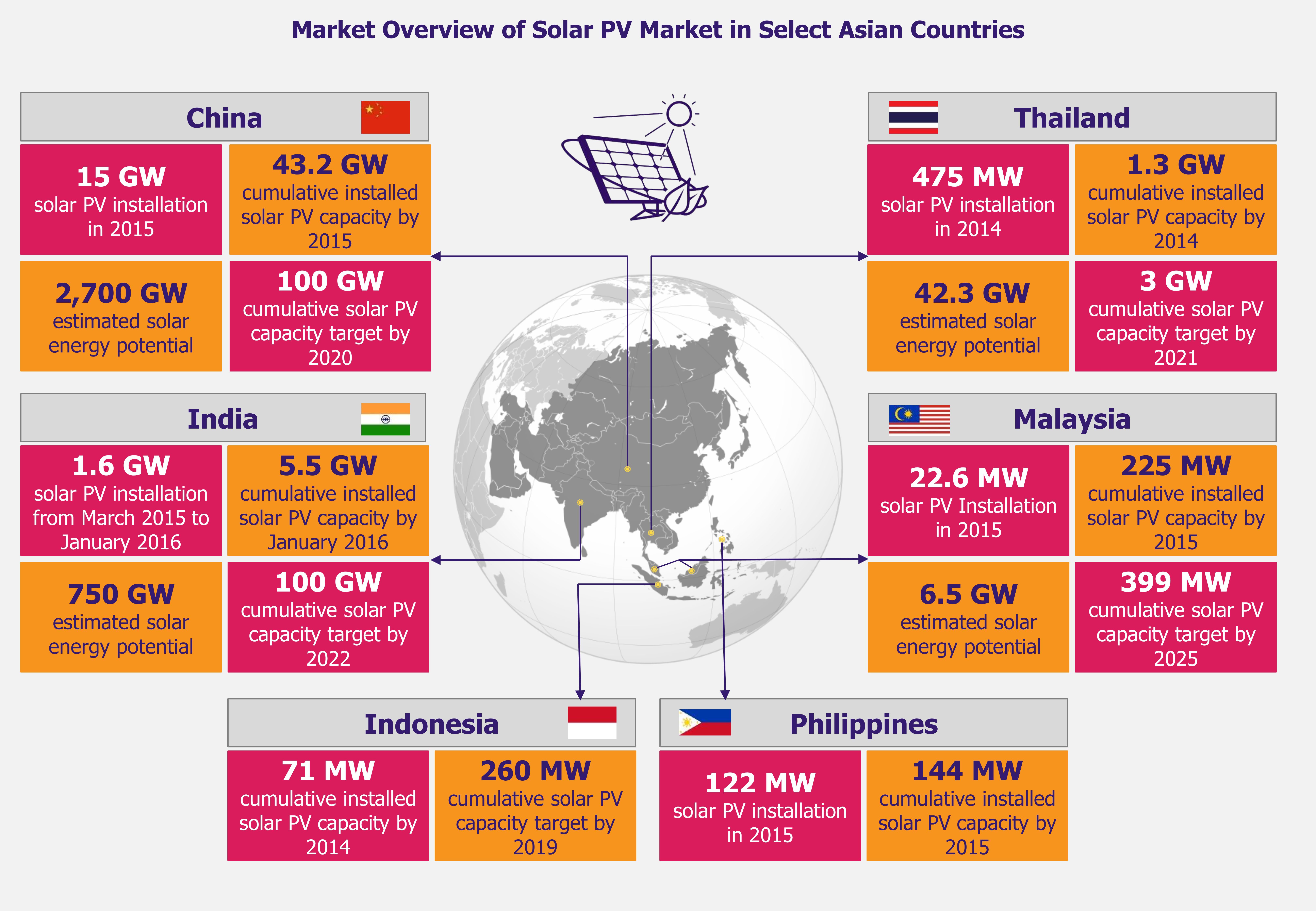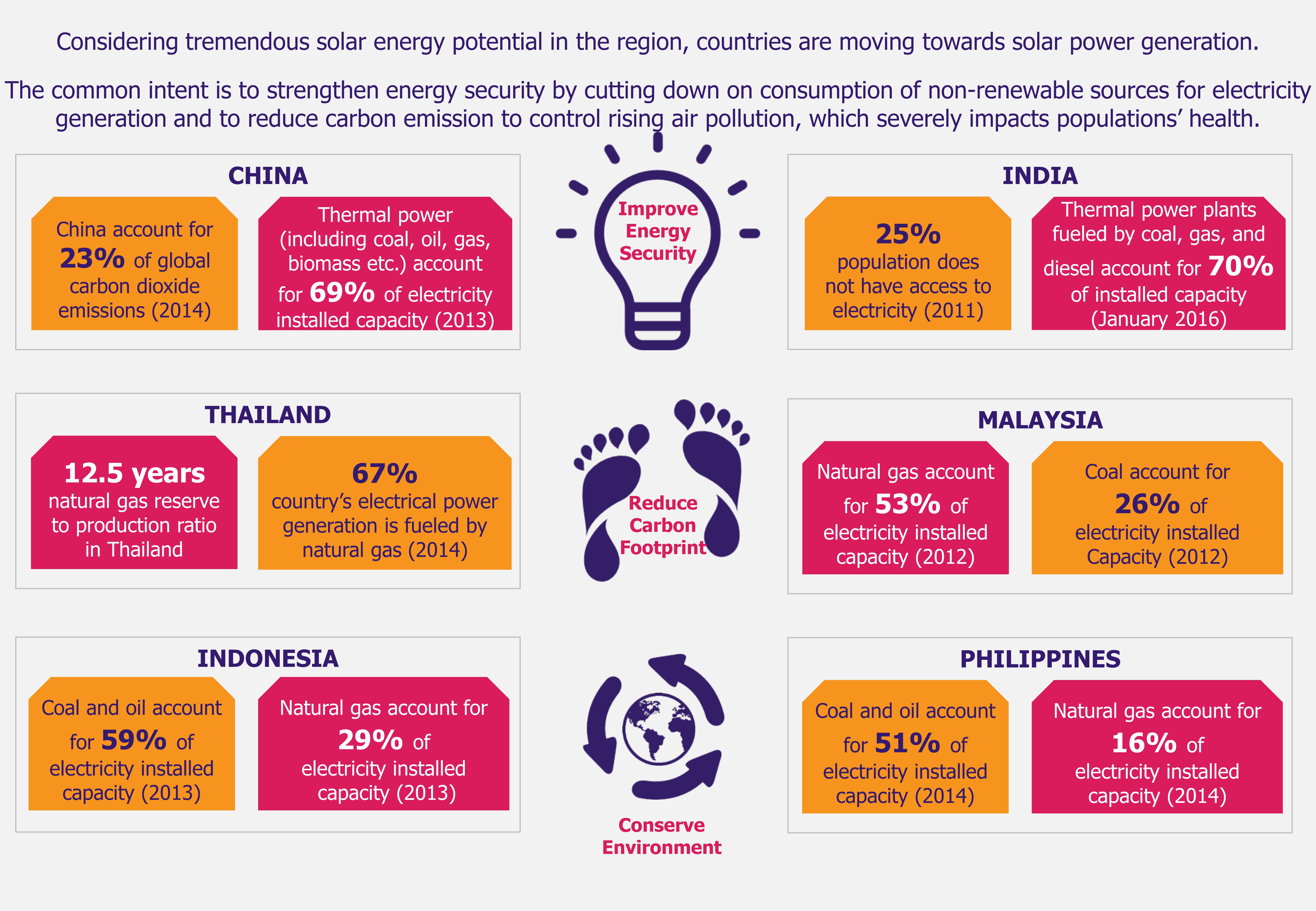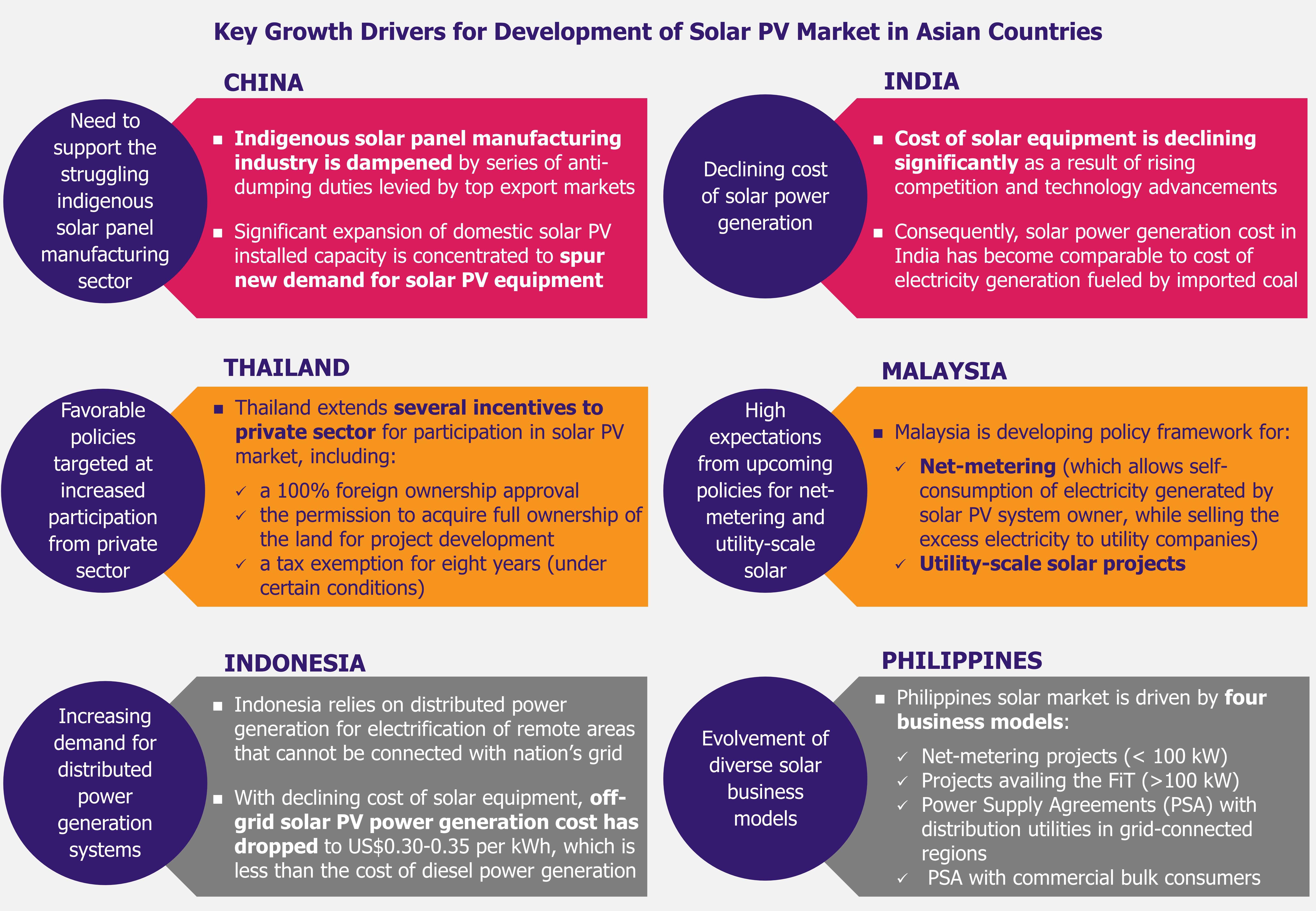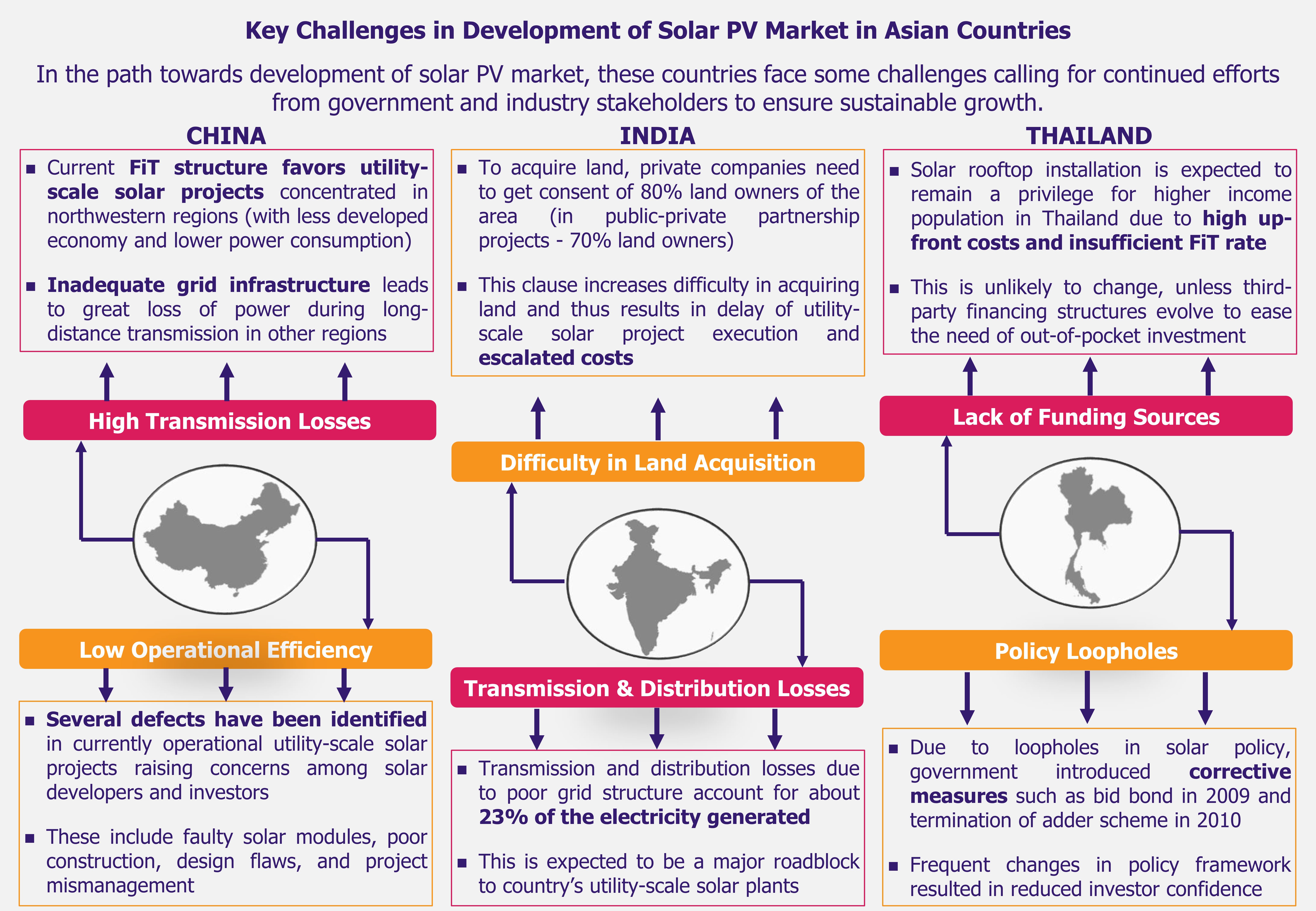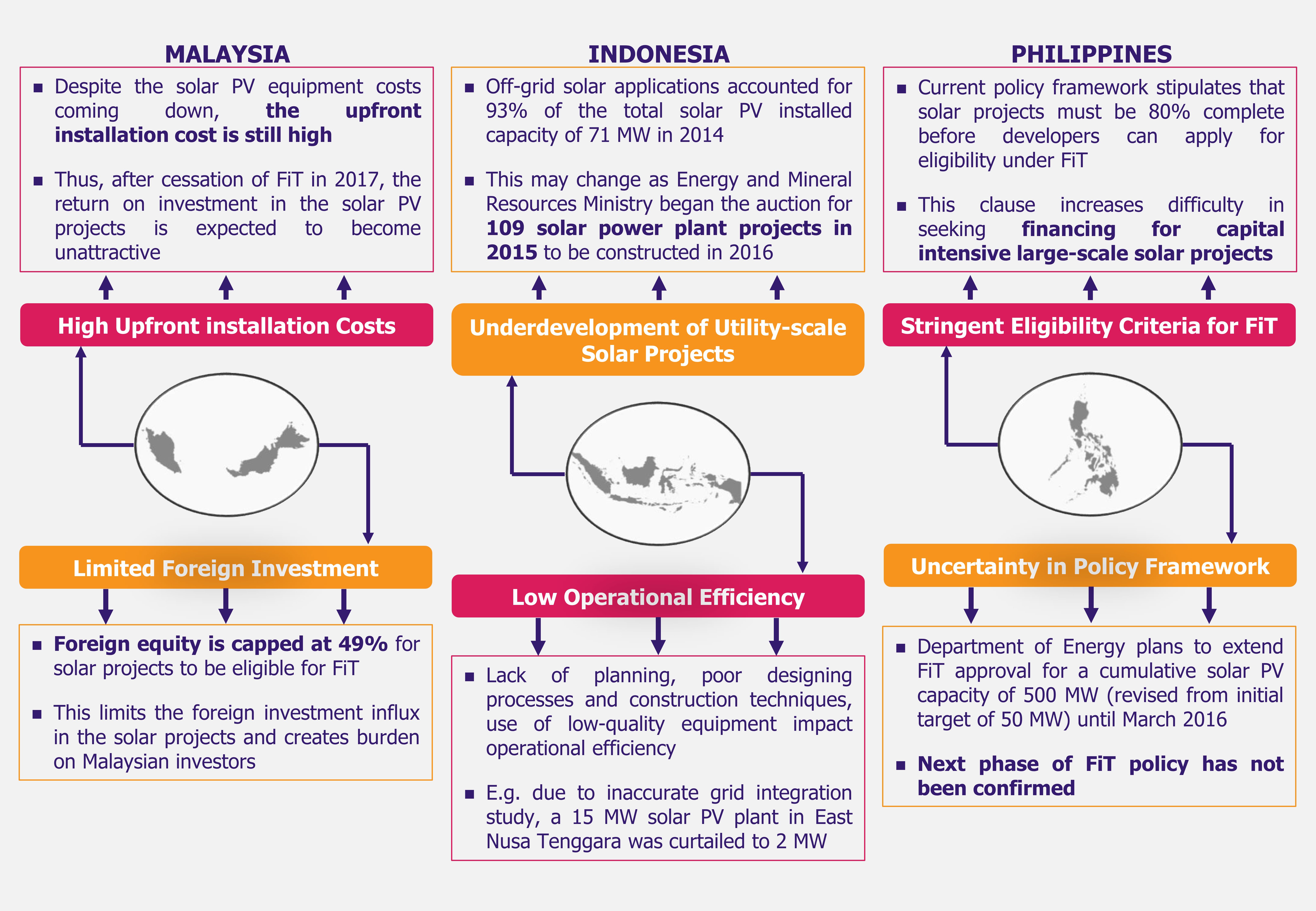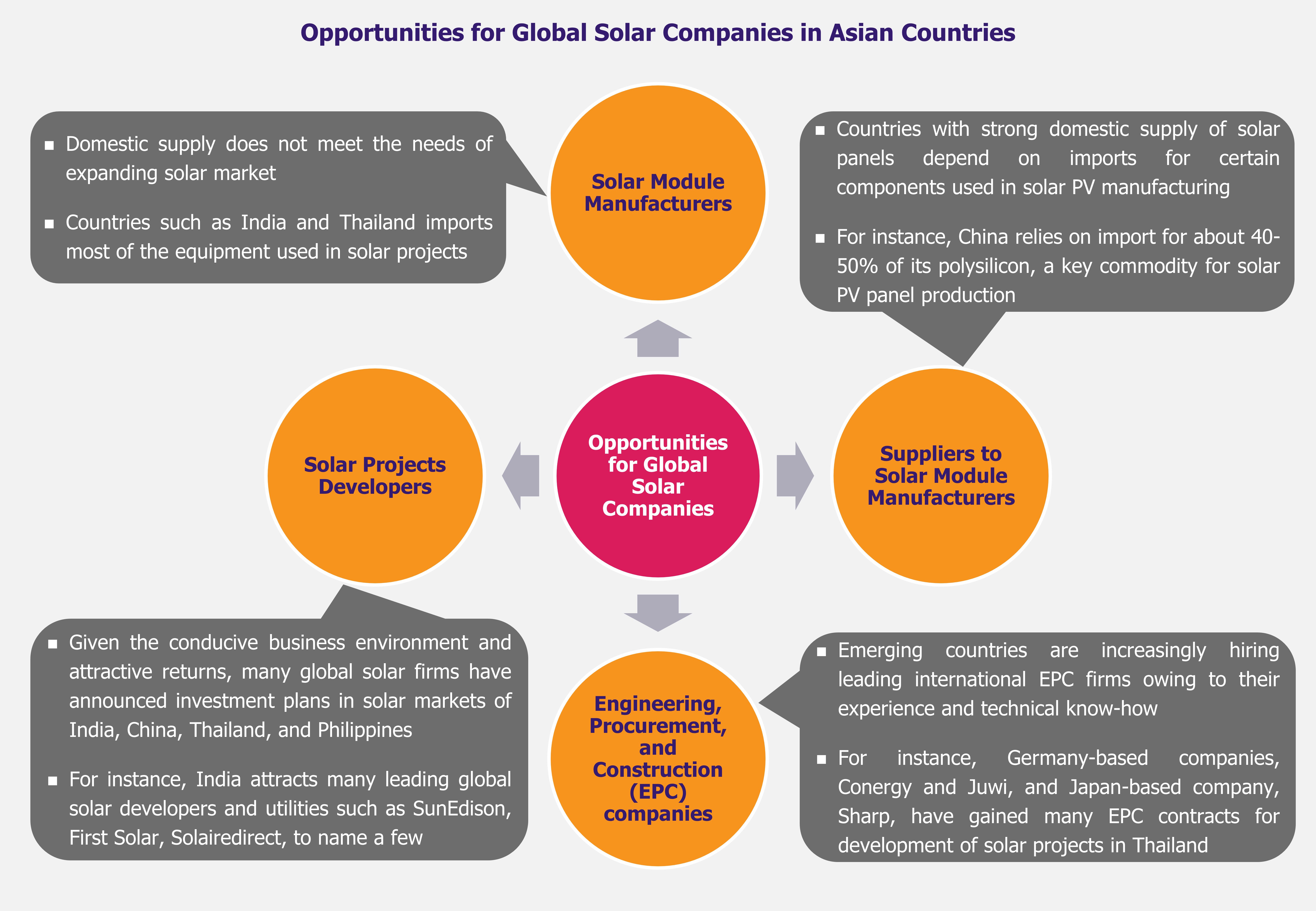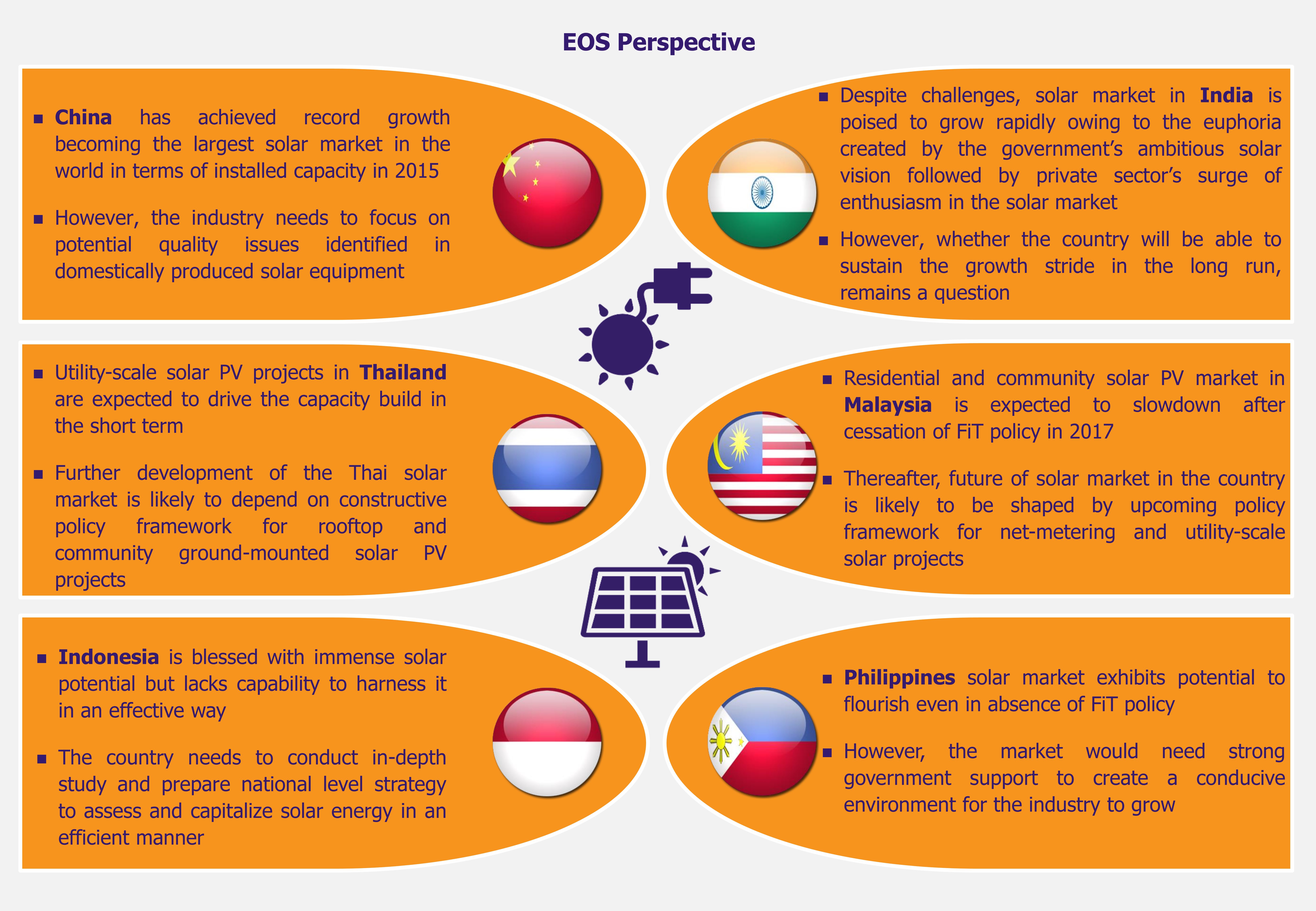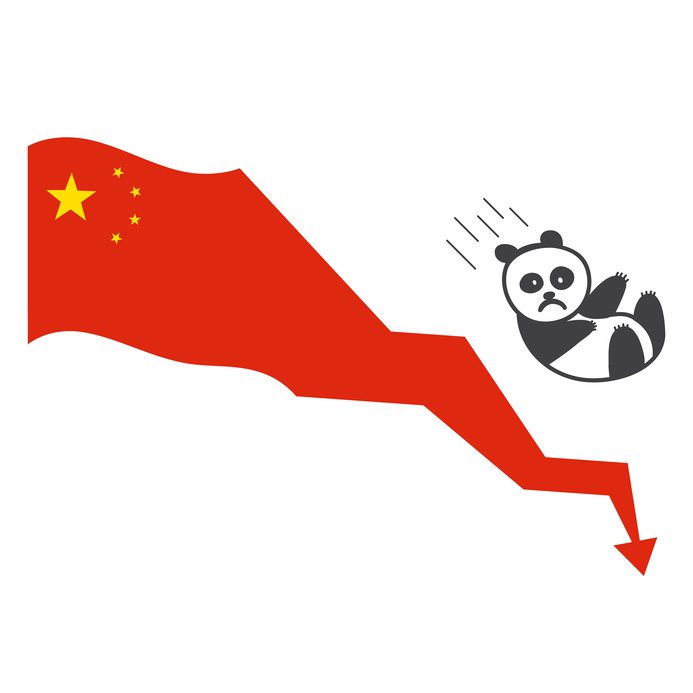India has recently announced an unprecedented reduction in its corporate tax rates. Not only is this a respite for domestic and existing foreign companies, but it is also expected to boost India’s position as a preferred investment destination for international companies looking to diversify their manufacturing footprint. Amidst the ongoing trade war between China and the USA, many companies, such as Apple, are looking to relocate a chunk of their manufacturing facilities away from China as part of a de-risk strategy. This presents the perfect opportunity for India to swoop in and encourage manufacturers to set base there instead of other Asian countries. However, tax reduction alone may not be enough to score these investments as the government needs to provide additional incentives apart from improving logistics and infrastructure, as well as land and labor laws in the country.
For the past three decades, India had one of the highest corporate tax rates in the South Asian region standing at 30% (effective rate of about 35% including surcharge and cess), making it one of the biggest sore points for investors looking at setting up a shop here.
However, September 2019 brought an unprecedented move, as the Indian government slashed the corporate tax rate to 22% from the existing 30%. Moreover, new manufacturing units established after 1 October 2019, are eligible for even lower tax rate of 15% (down from 25%) if they make fresh manufacturing investments by 2023.
The effective tax rate in these cases (subject to the condition that companies do not claim benefits for incentives or concessions) will be 25.75% (in case of 22% tax rate) and 17.01% (in case of 15% tax rate). These companies will also be exempt from minimum alternate tax (MAT). The tax cuts in effect are believed to have improved India’s competitiveness among investment destinations in the region.
The tax cuts in effect are believed to have improved India’s competitiveness among investment destinations in the region.
To put this into perspective, India’s new tax rate is lower than the rate in China (25%), Korea (25%), Bangladesh (25%), Malaysia (24%), Japan (23.2%), however still a little higher than that of Vietnam (20%), Thailand (20%), Taiwan (20%), Cambodia (20%), and Singapore (17%). However, for new companies/MNCs looking to set up a unit in India, the country offers the most competitive rates in the region.
This tax break by India is also well-timed to exploit the degrading US-China relationship, which is resulting in several US-based companies, such as Apple, Google, Dell, etc., to look for manufacturing alternatives outside of China. Currently, Vietnam, Taiwan, and Thailand have been the prime beneficiaries of the trade war, with the three countries attracting about 80% of the 56 companies that have relocated from China during April 2018 to August 2019. However, India’s recently introduced tax cuts may act as a major stimuli for companies (that are looking to partly move out of China or are already in the process of doing it) to consider India for their investments.
While the tax reform stands across all industries, India is looking to boost investment in the labor-intensive electronics manufacturing sector including smart phones, televisions, etc. To achieve this, the government recently scrapped import tax on open cell TV panels, which are used to make television displays. In addition to large brands such as Apple, India is also targeting component and contract manufacturers for such companies (such as Wistron, Pegatron, and Foxconn) to shift their business from China and set a shop in India.
Is a tax break enough?
While this is a big step by the Indian government to attract foreign investments in the manufacturing space, many feel that this alone is not enough to make India the preferred alternative to its neighbors. Companies looking to relocate their manufacturing facilities also consider factors such as infrastructure (including warehousing cost and set-up), connectivity (encompassing transportation facilities and logistical support), and manpower (such as availability of skilled manpower and training costs) along with overall ease of doing business, which covers the extent of red tape, complexity of policies, and transparency of procedures.
The Indian government has to work towards improving the logistical infrastructure, skilled labor availability, and cumbersome land-acquisition process, among many other aspects. As per the World Economic Forum’s Global Competitiveness Report 2019, India ranks 70 (out of 141 countries) in terms of infrastructure. While India heavily depends on road transportation, it needs to invest in and develop modern rail and water transportation and connectivity if it wishes to compete with China (rank 36).
India also ranks poorly with regards to skilled workforce and labor market, ranking 107 and 103 on the indices, respectively. To put this in perspective, Indonesia ranks 65 with regards to skilled workforce and 85 for labor market, and Vietnam ranks 93 for skilled workforce and 83 for labor market. Other than this, India also struggles with complex land acquisition laws and procedures, and must look into streamlining both to position itself an attractive investment destination.
Apart from this, the government also needs to provide additional incentives for investments in sectors that are its key priorities, such as tech and electronics manufacturing for export. As per industry experts, electronics manufacturing in India carries 8-10% higher costs in comparison with other Asian countries. Thus the government must provide other incentives such as easy and cheaper credit, export incentives, and infrastructural support, to steer companies into India (instead of countries such as Vietnam, Indonesia, and Thailand).
Several experts and industry players suggest that the government should provide the electronics manufacturing industry incentives for exports that are similar to those under the ‘Merchandise Exports from India Scheme’, which provides several benefits including tax credits to exporters.
In August 2019, the Ministry of Electronics and Information Technology (MeitY) proposed incentives to boost electronics manufacturing in India. These include a 4-6% subsidy on interest rates on loans for new investment, waiver of collateral for loans taken to set up machinery, and the renewal of the electronics manufacturing cluster (EMC). EMC creates an ecosystem for main company and its suppliers to operate in a given area (the previous EMC scheme ended in 2018).
Apart from this, industry players are also seeking an extension of another scheme, Modified Special Incentive Package Scheme (MSIPS), which also ended in 2018. MSIPS provided a subsidy of about 25% on capital investment.
EOS Perspective
India’s tax break came at an extremely opportune time, with several MNCs having expressed their plans to branch out of China (for at least 20% of their existing manufacturing facilities). From imposing some of the highest corporate taxes, India has now become one of the most tax-friendly markets, especially for new investments.
This is likely to put India in the forefront for consideration, however, it is probably not enough. The government needs to work on several other facilitating factors, especially infrastructure, land laws, and availability of skilled labor, which are more favorable in other Asian countries.
Moreover, the appeal of some countries, such as Vietnam and Thailand, seems to remain high, as several of them introduced a ‘single point of contact’ facilities for investors. Under these facilities, in various forms, investors are provided with investment-related services and information at a single location, and/or are provided with single point of contact within each ministry and agency they have to deal with. This makes the access to information and investment procedures much easier for foreign investors, and increases the perception of transparency of the whole process. India on the other hand struggles with bureaucracy, fragmented agency landscape, and red tape. Despite initiating a single window policy, multinational representatives need to visit multiple offices and meet several officials (also in many cases offer bribes) to get an approval of their proposals and subsequently get the required permits. Bureaucratic and procedural delays, as well as poor work culture remain to be considerable deterrents for foreign investors.
India struggles with bureaucracy, fragmented agency landscape, and red tape. Bureaucratic and procedural delays, as well as poor work culture remain to be considerable deterrents for foreign investors.
Also in 2018, India only managed a mere 0.6% of its GDP from manufacturing FDI, indicating a low confidence level among foreign companies to make medium to long-term commitments in India. However, large part of the reason for this were also the high tax rates. Therefore, the recent tax reduction is a major step in the right direction, while the government still has some distance to bring India to replace China in the position of manufacturing giant of Asia, especially in the electronics sector.





